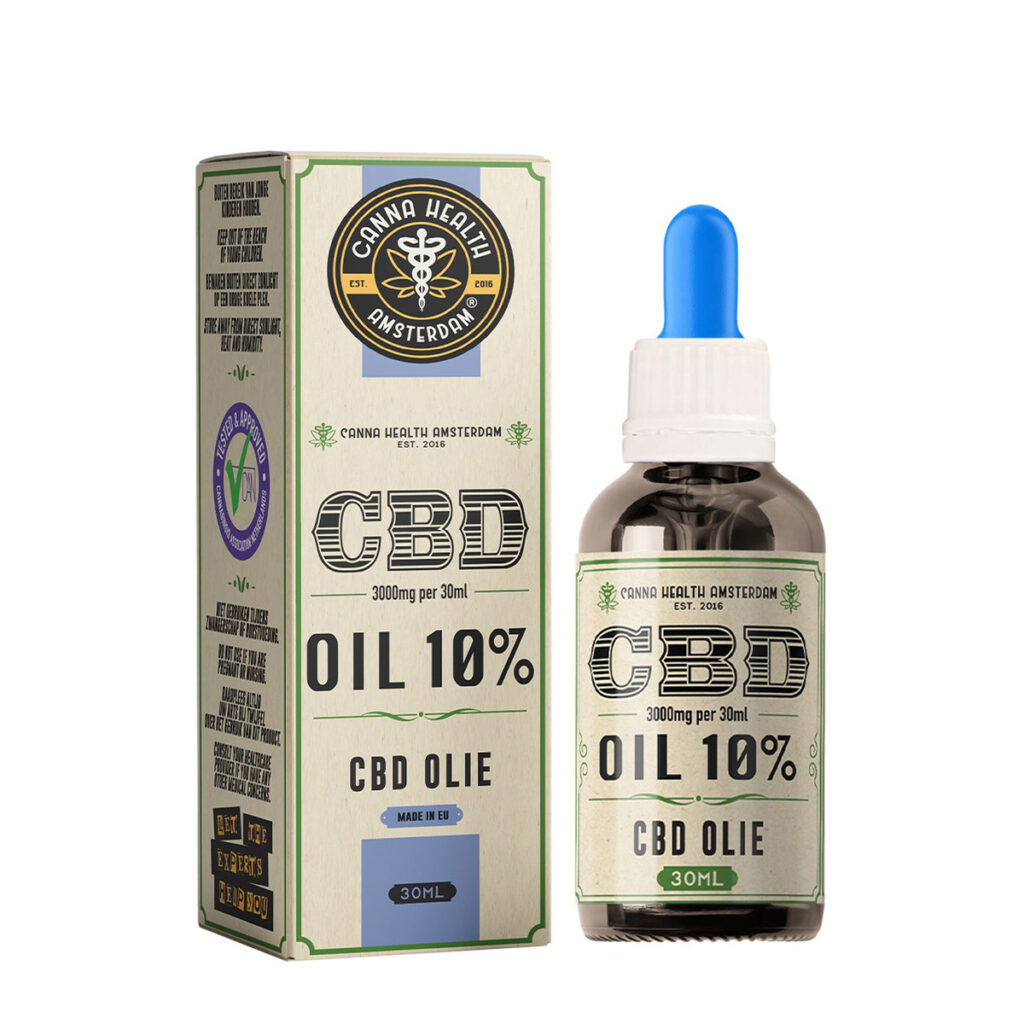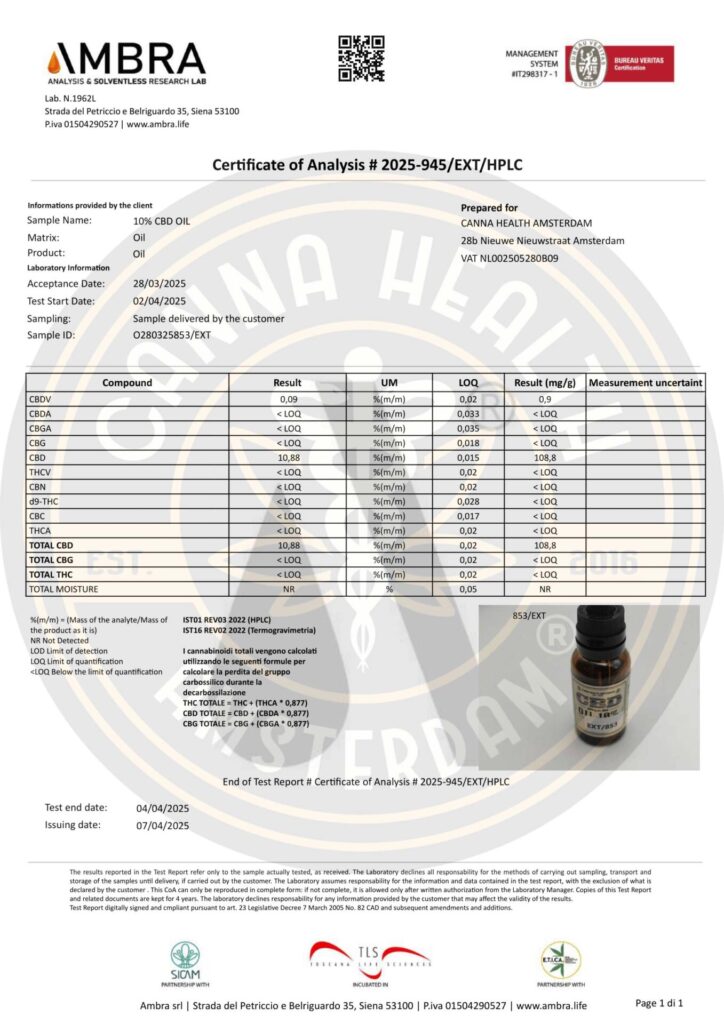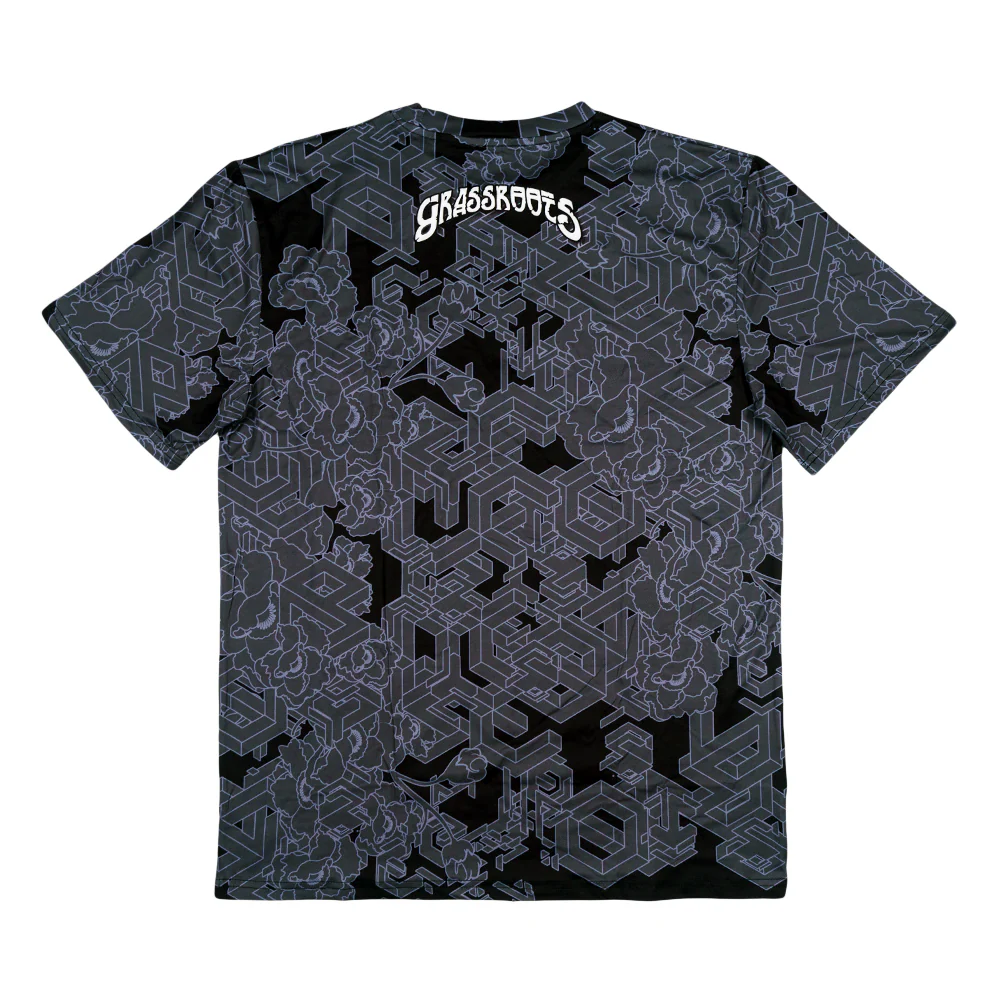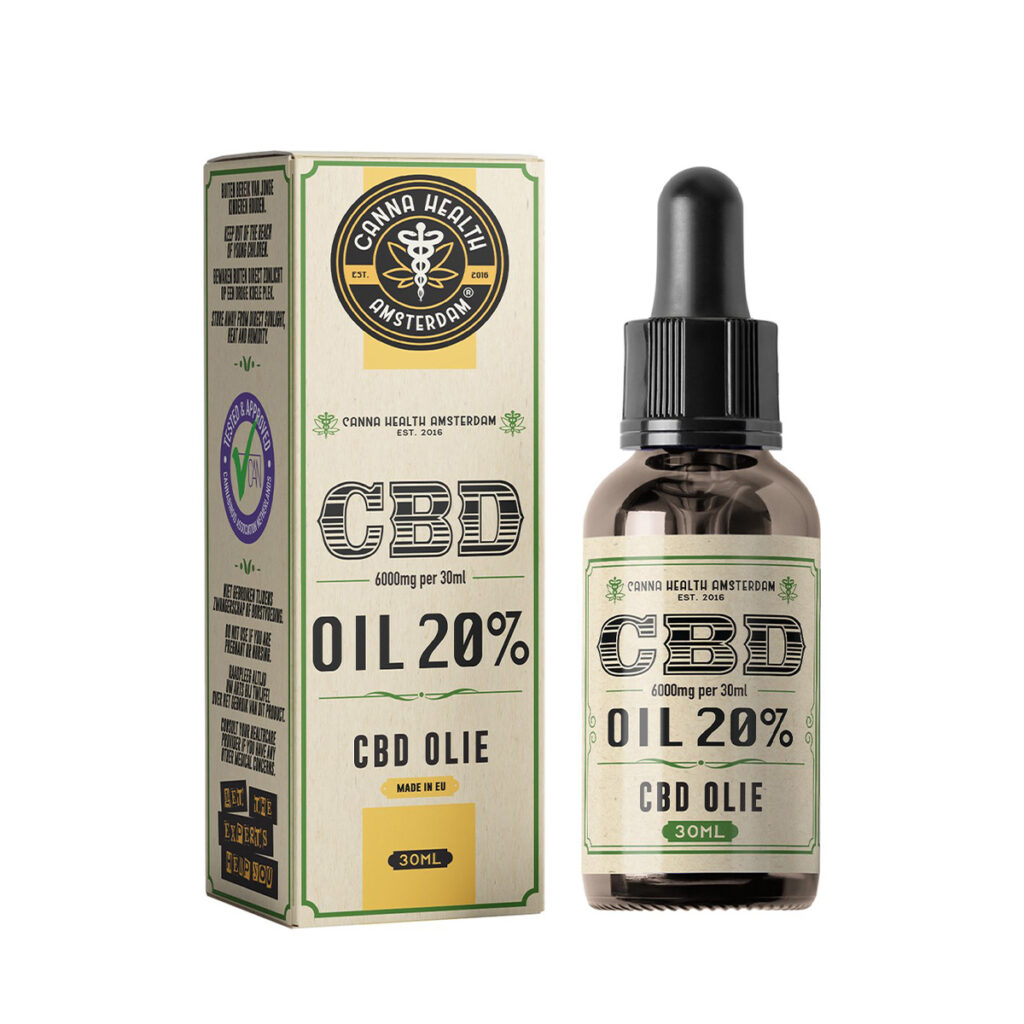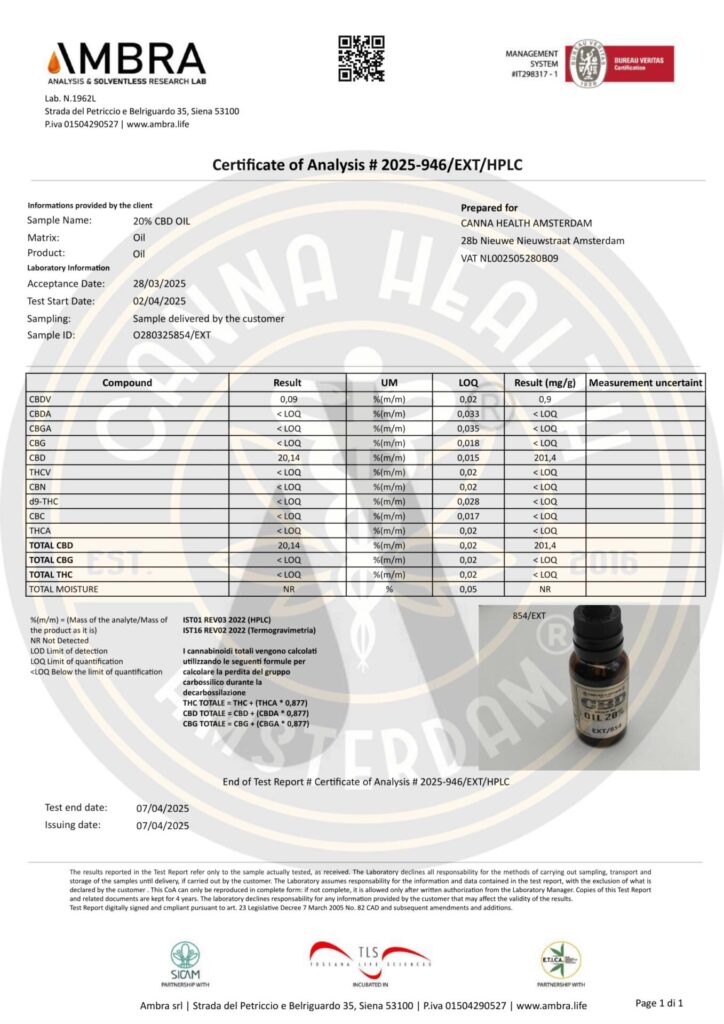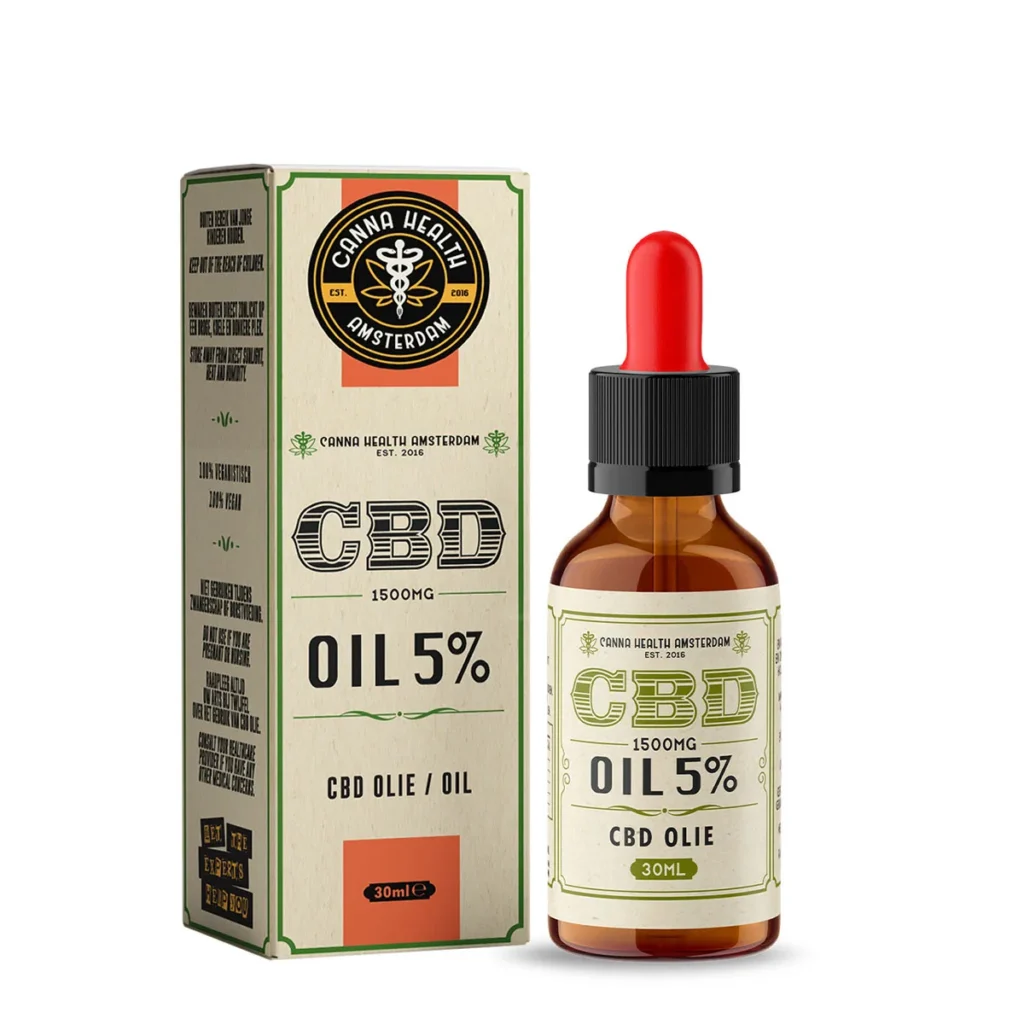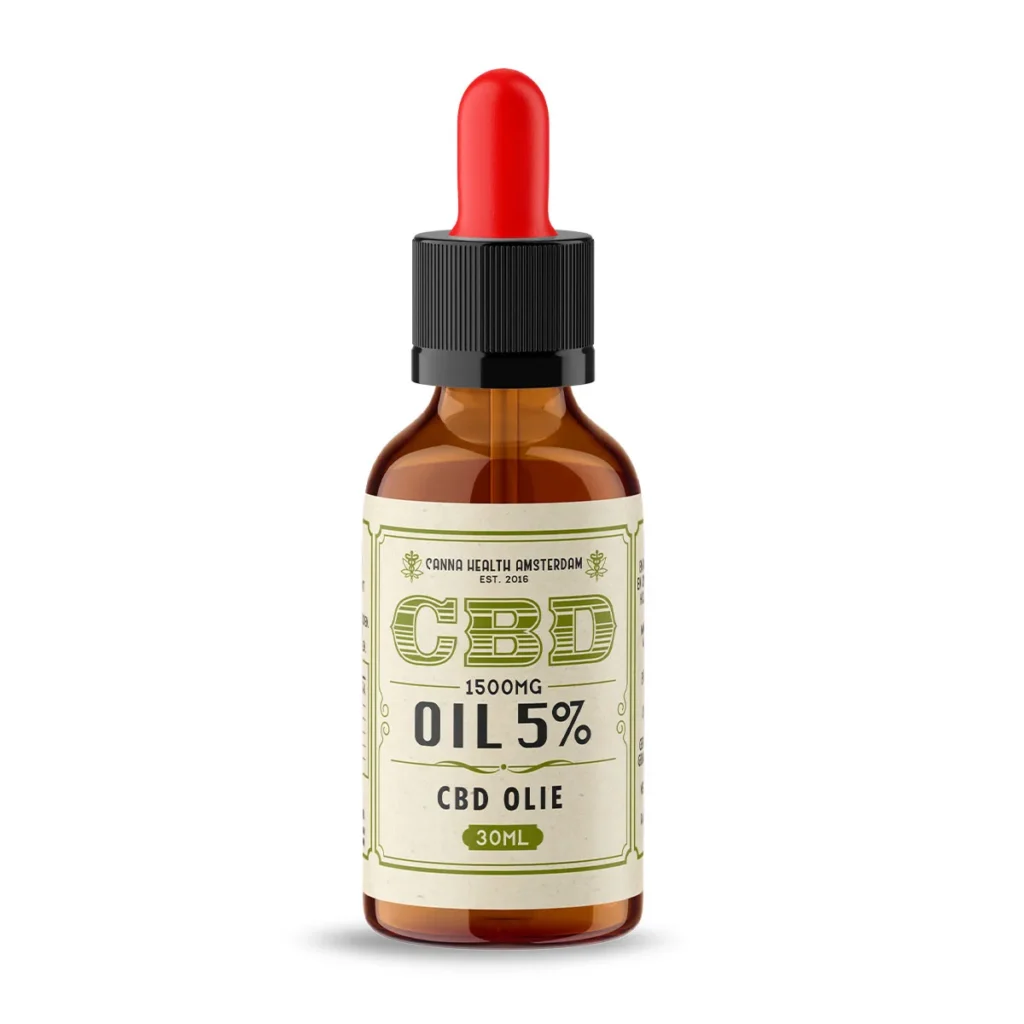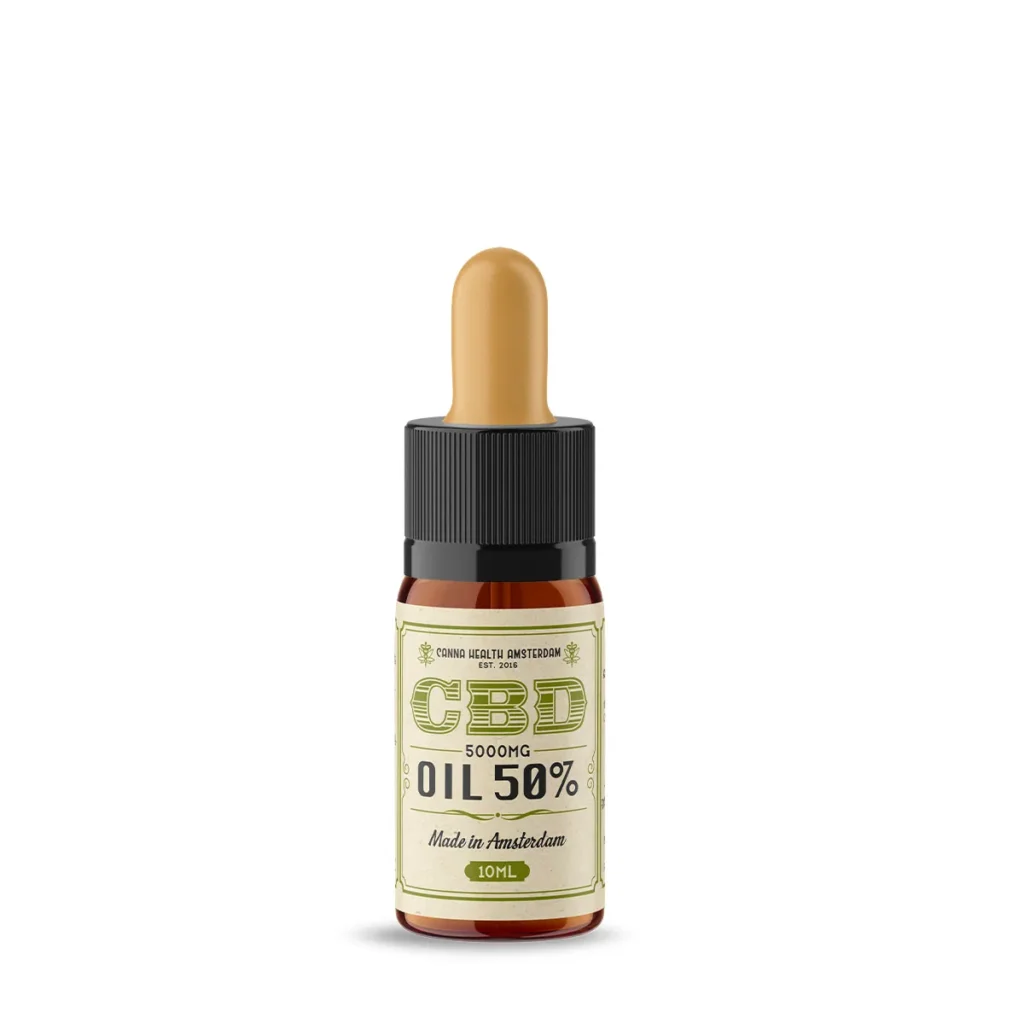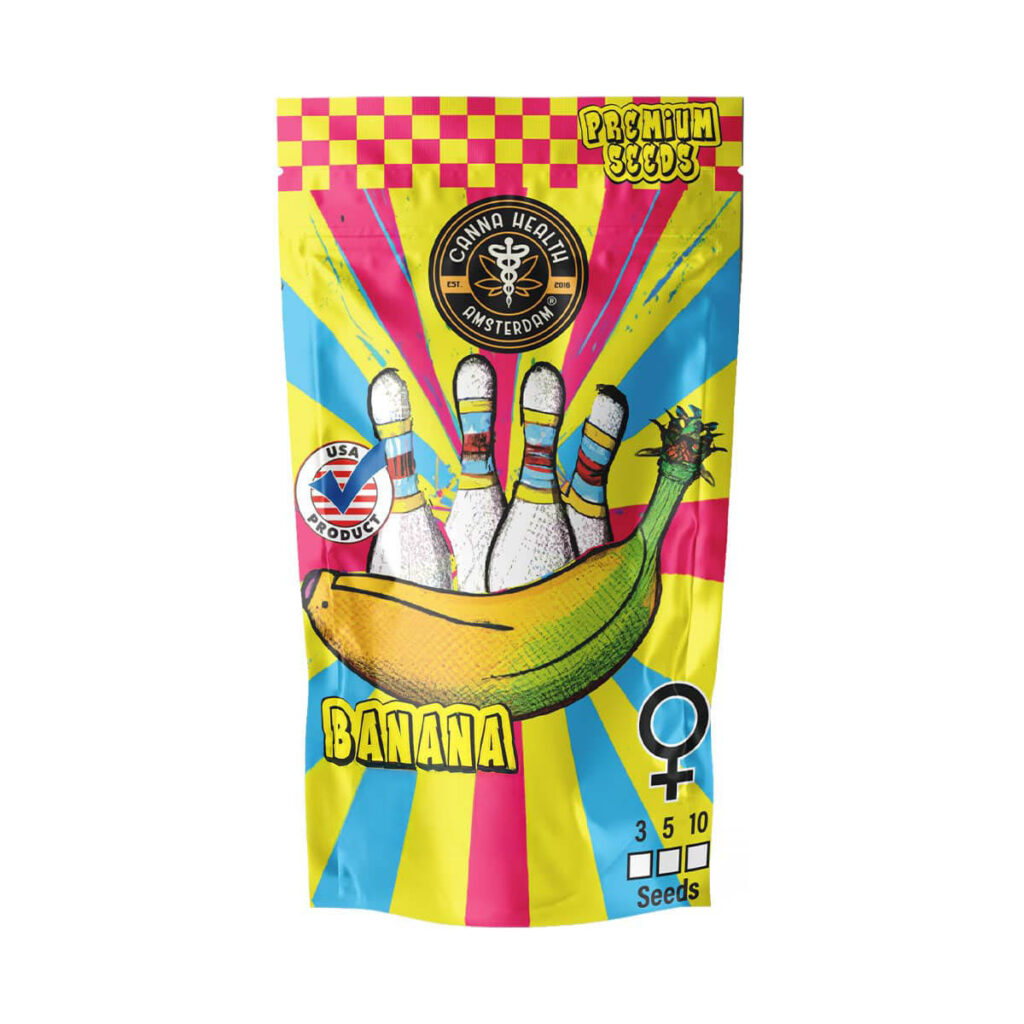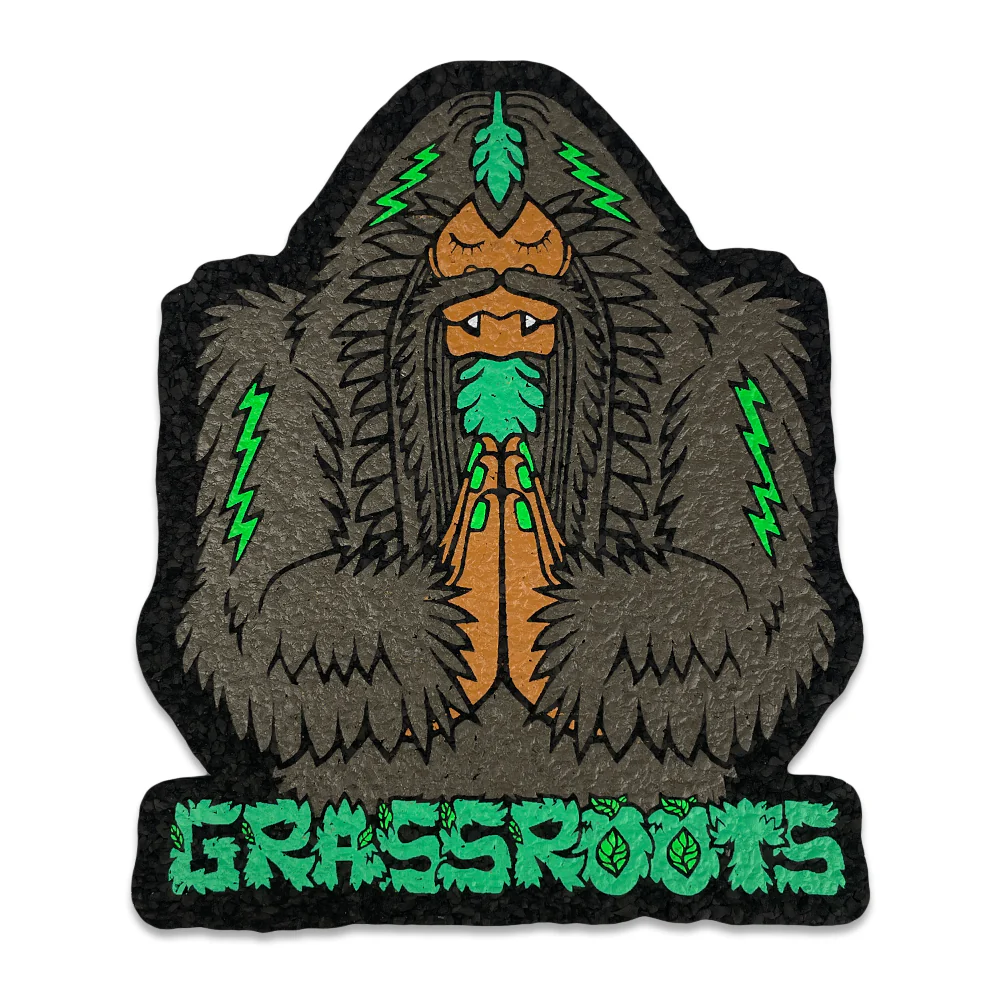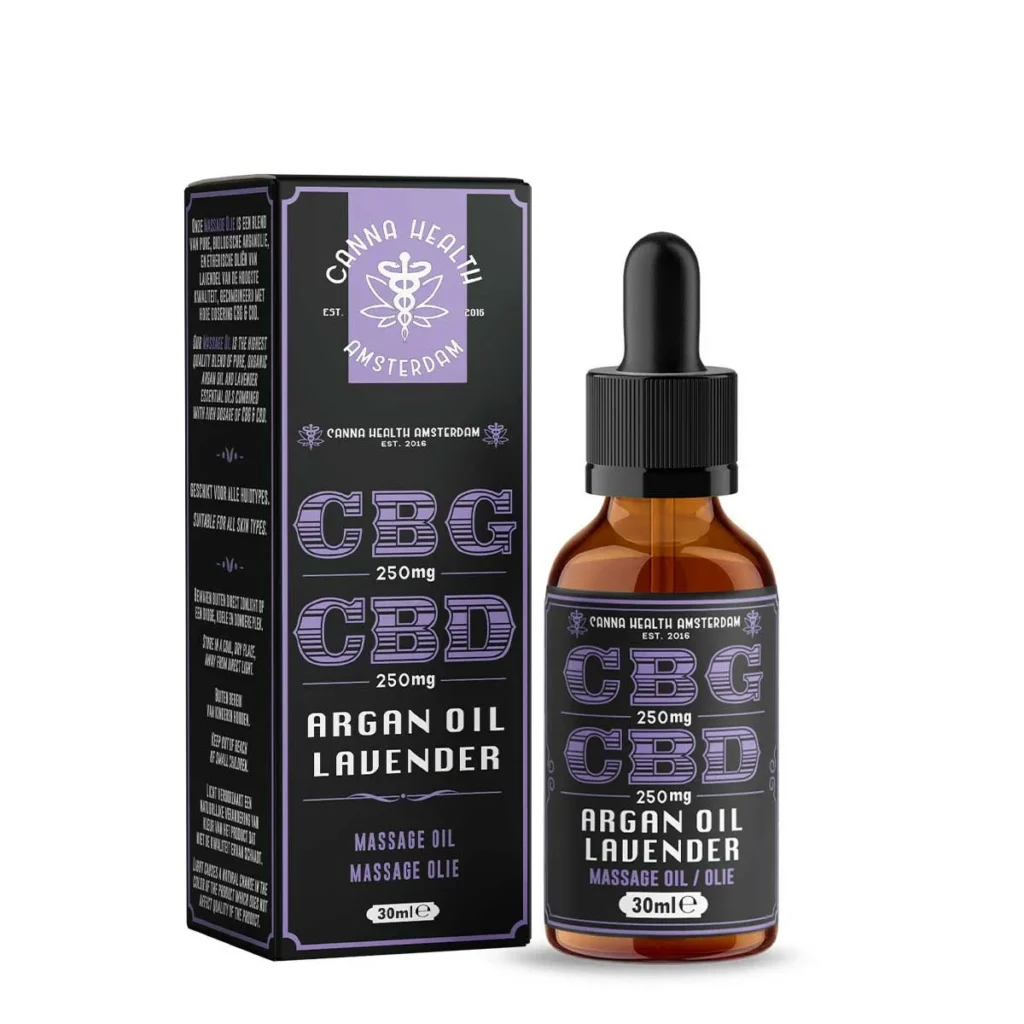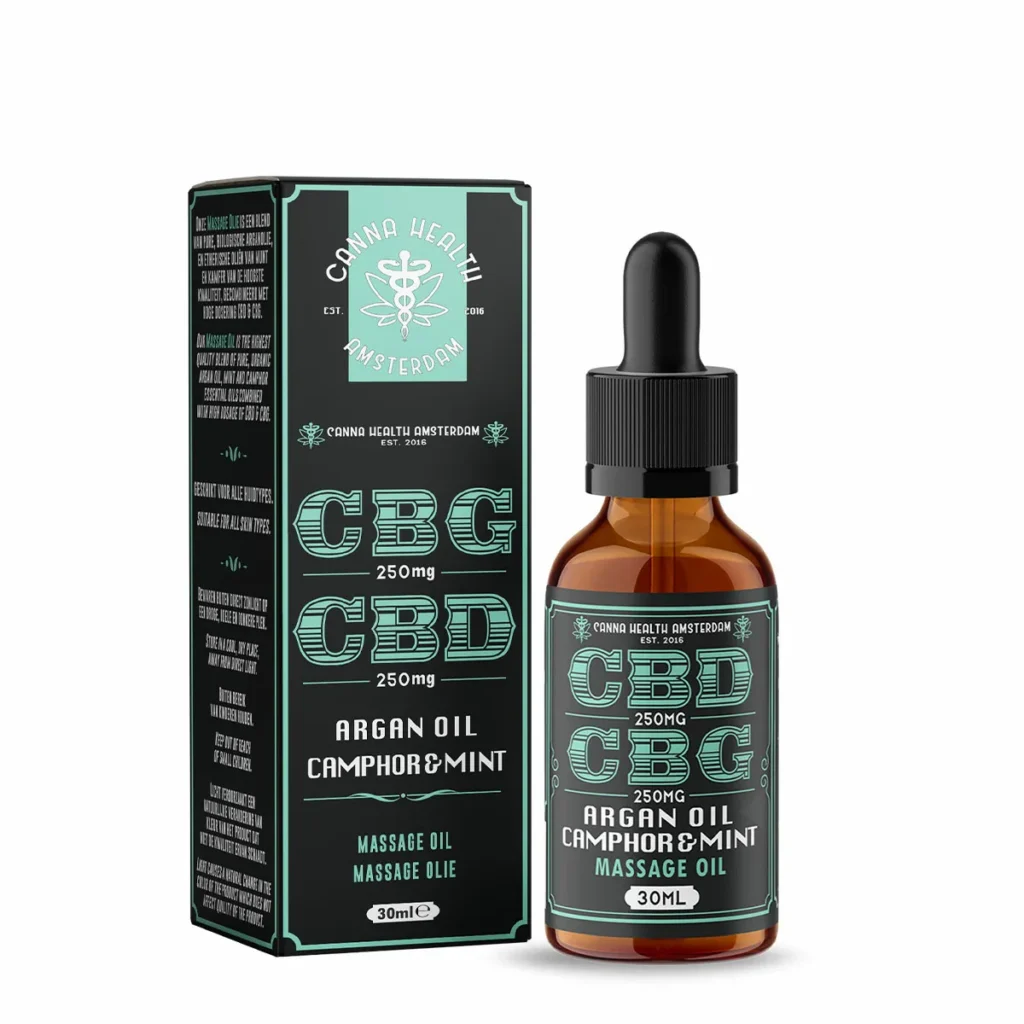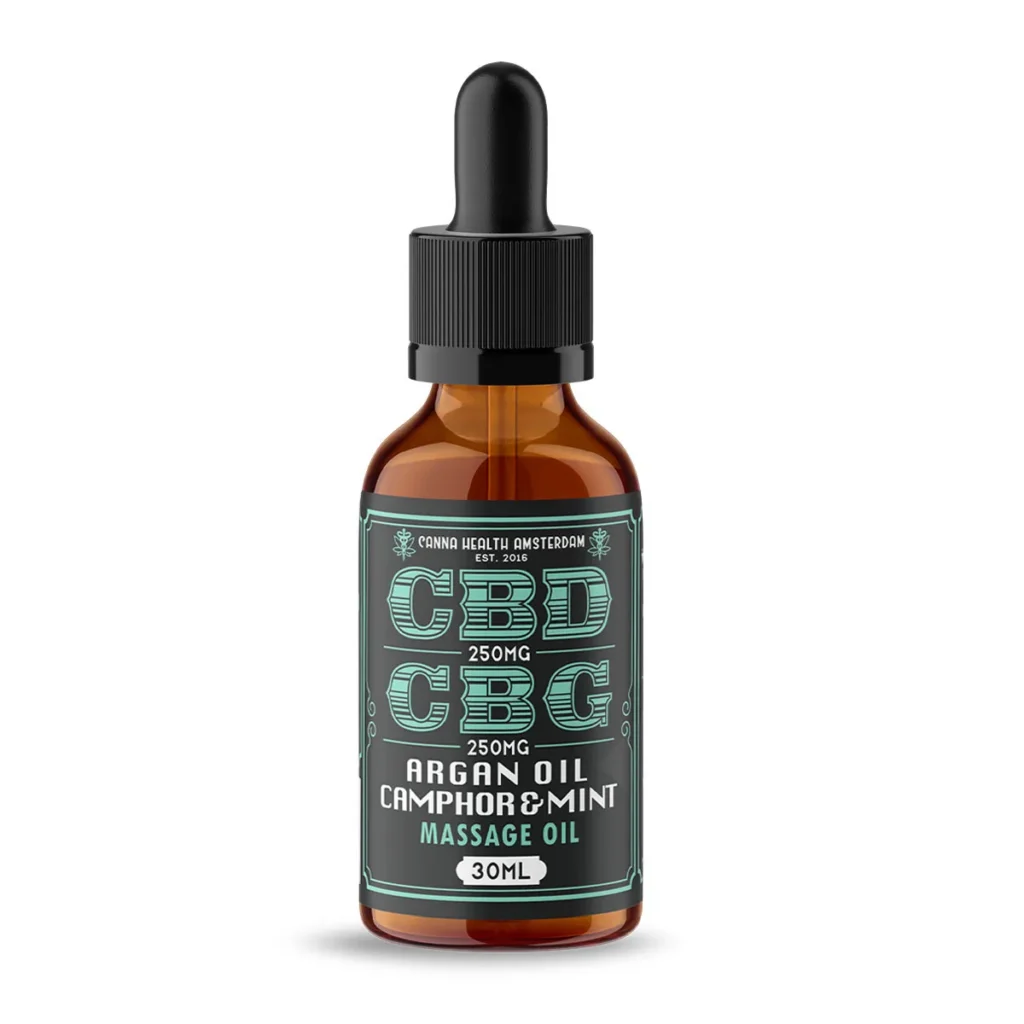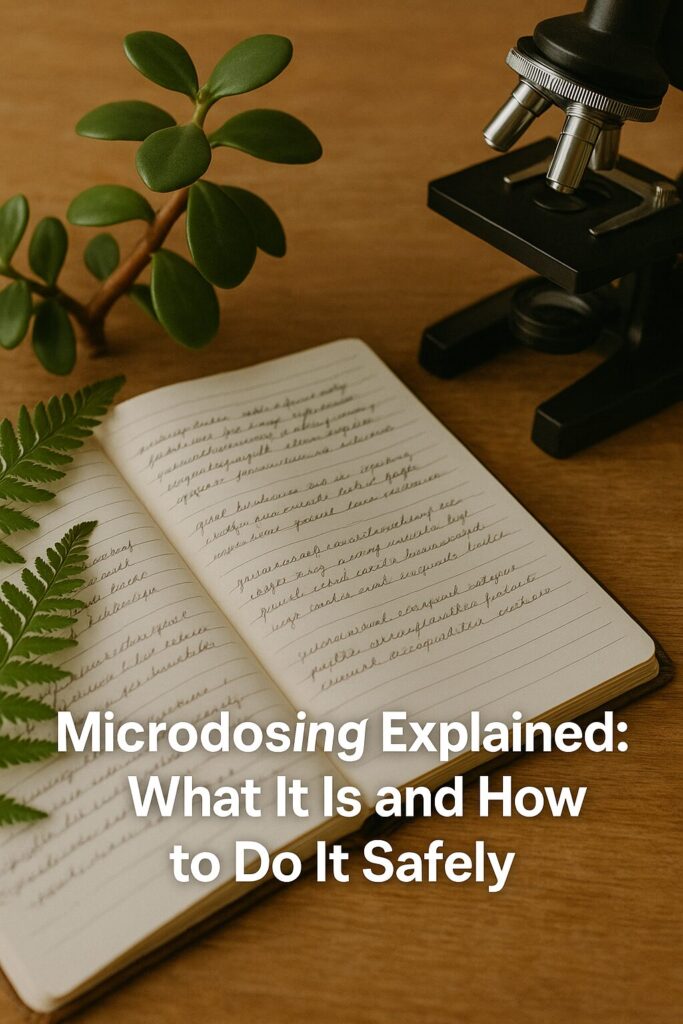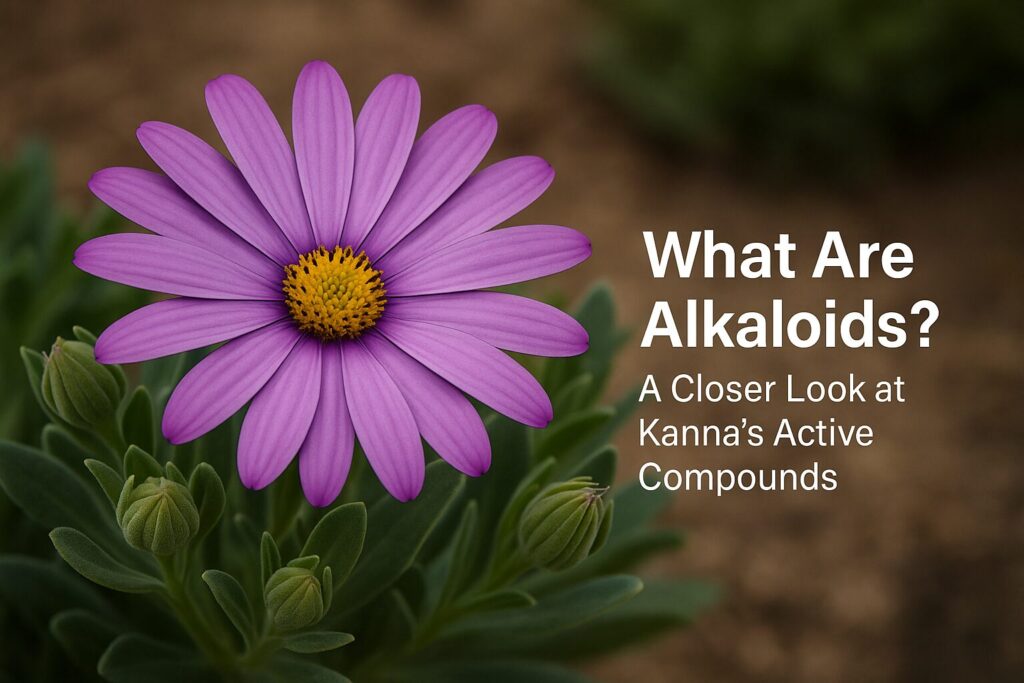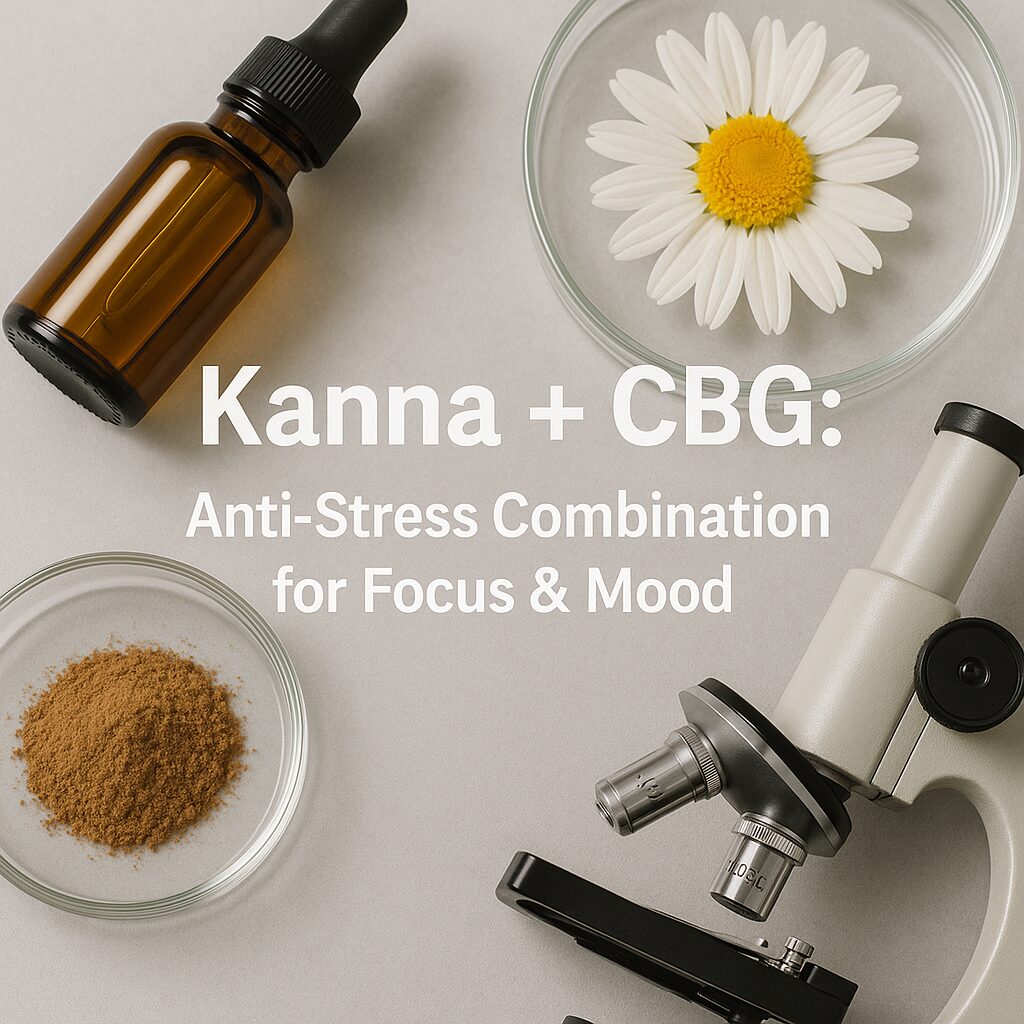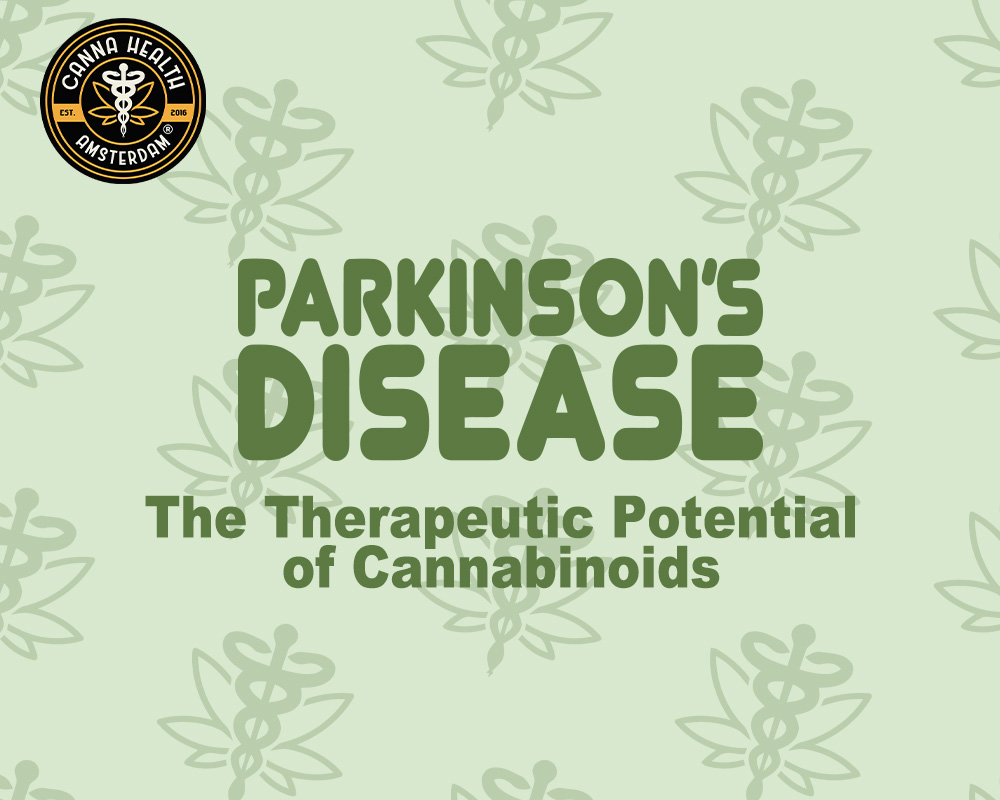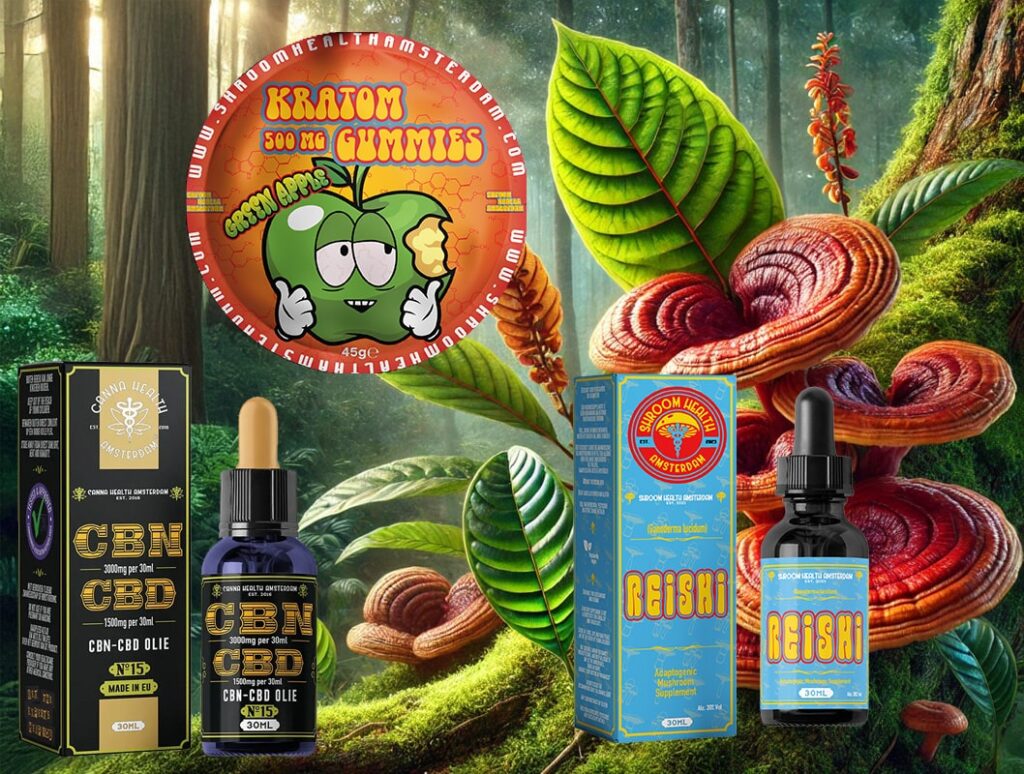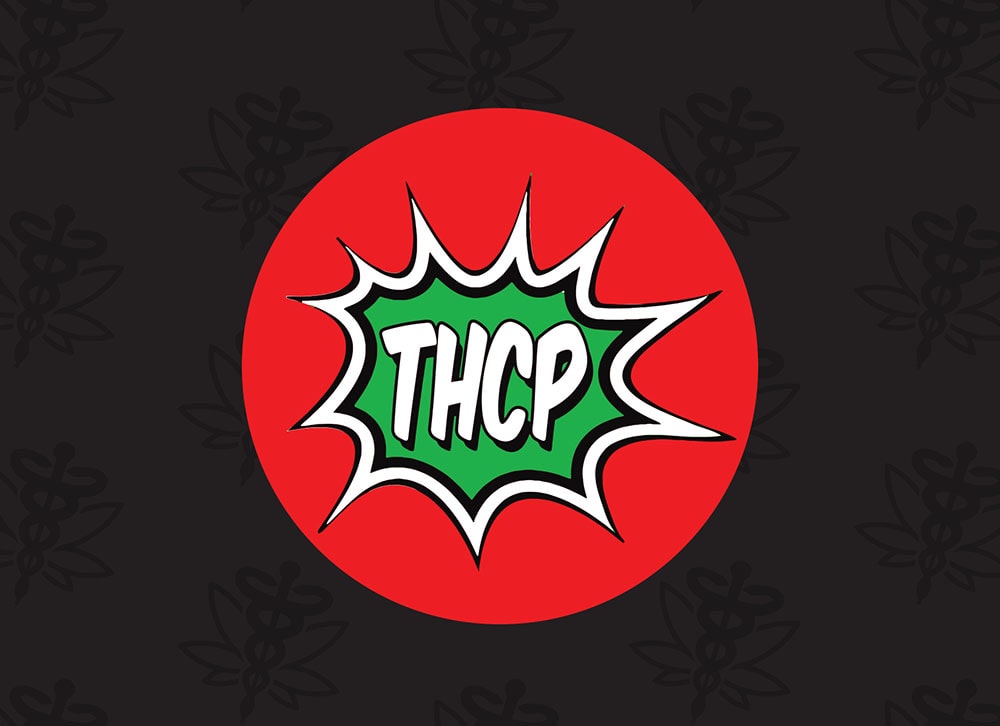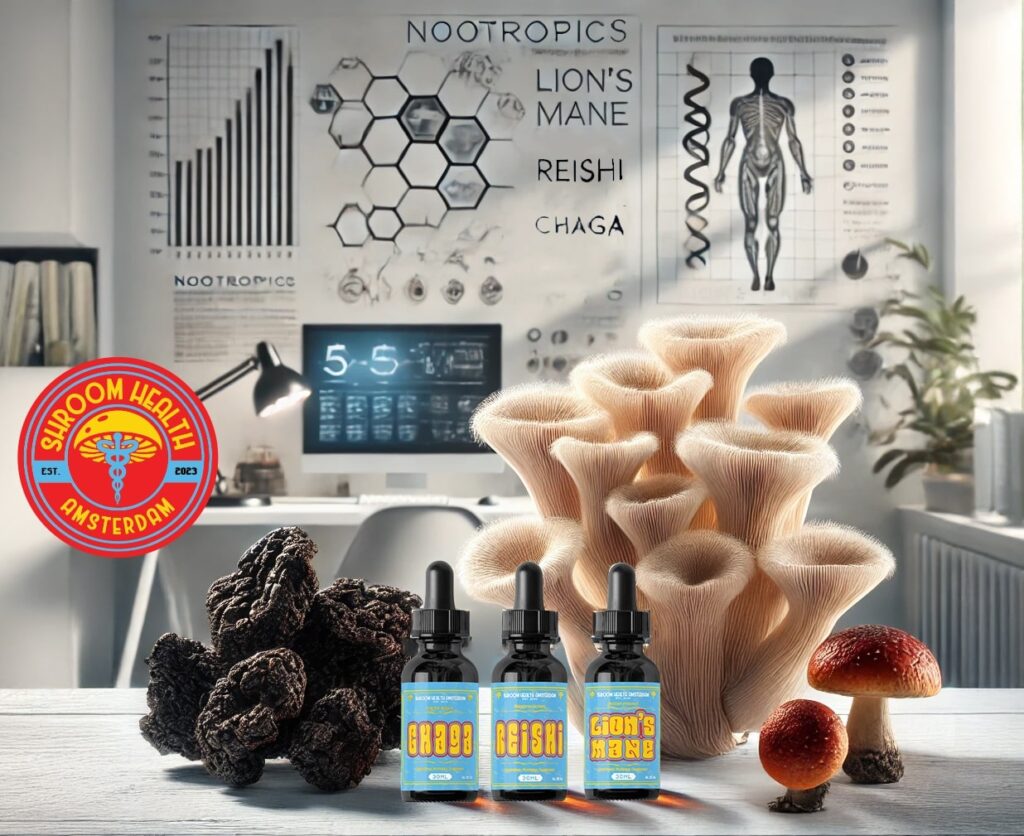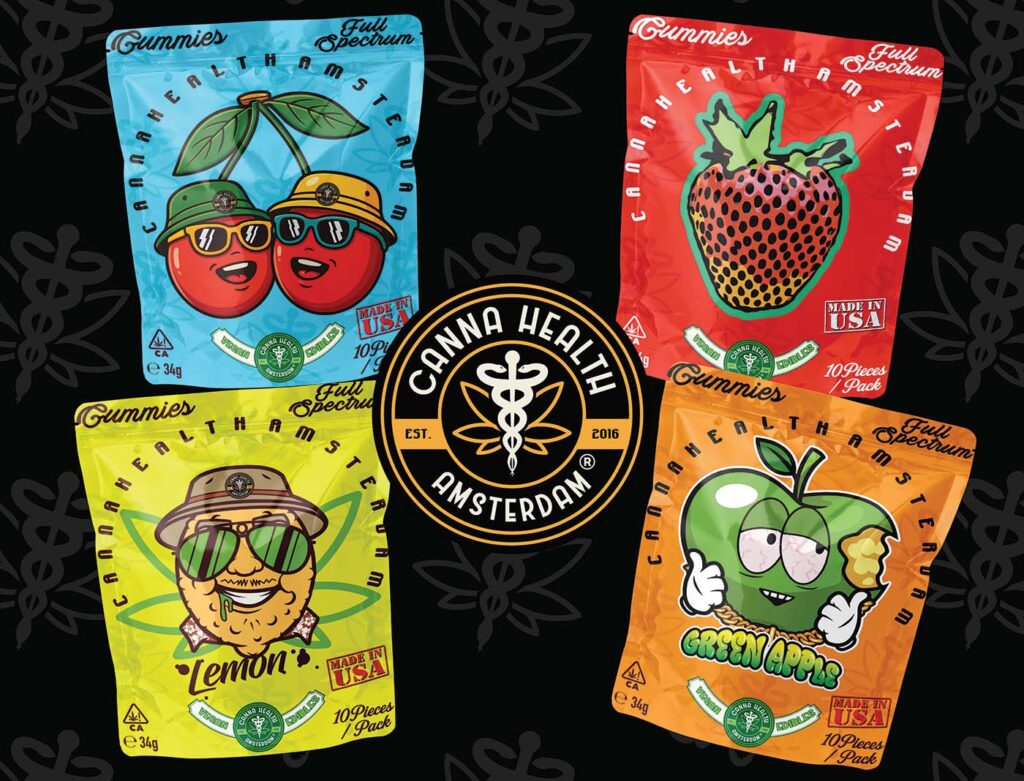
Blog
CBG for Migraines
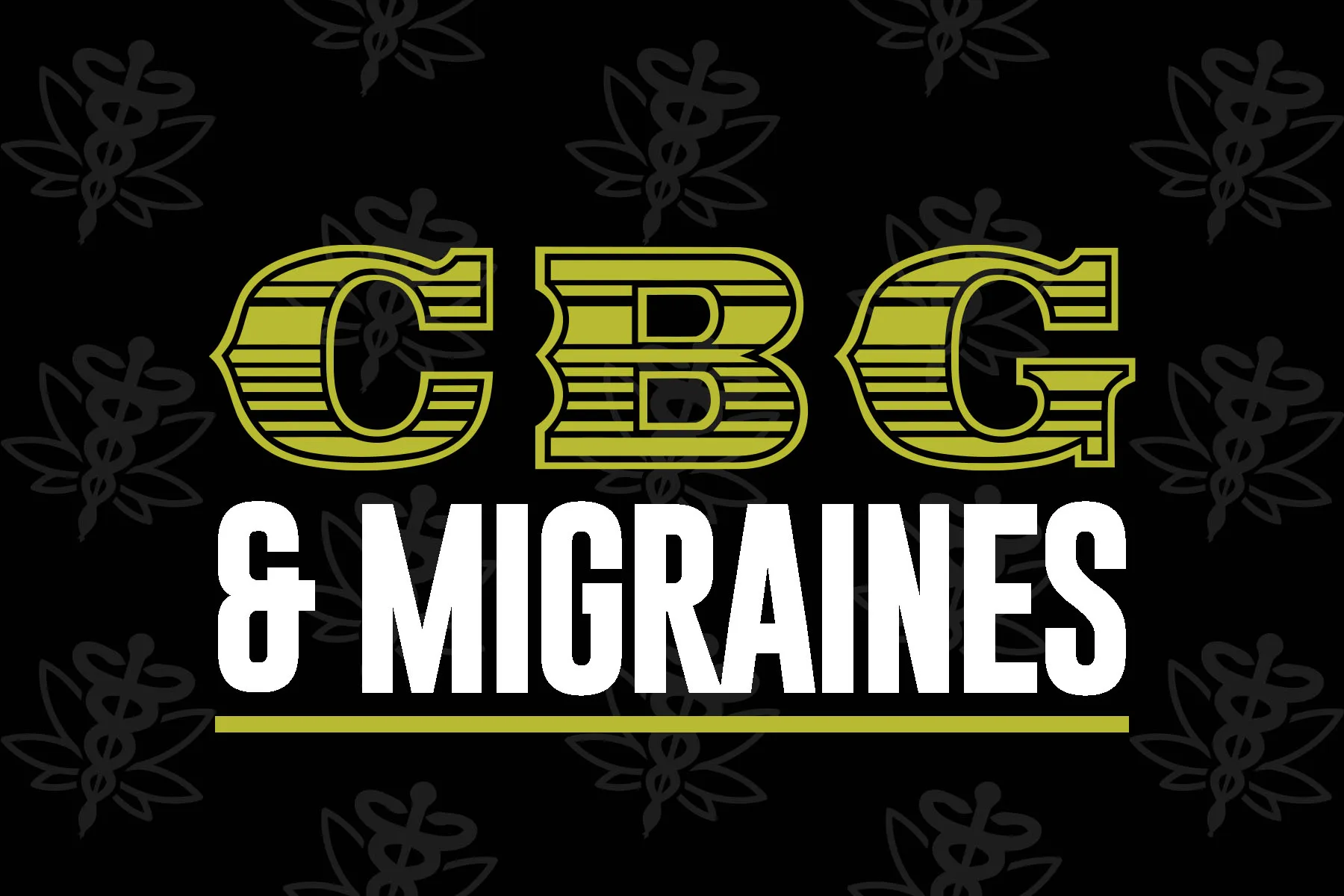
Migraines can be absolutely debilitating. If you have much experience with migraines, you know the experience is just horrible. Often, you have to curl up in bed in a dark room to get some relief.
There are lots of migraine prescription medications out there, but many people are opting for more natural alternatives. Some painkillers have unpleasant side effects that many people hope to avoid. One potential treatment for migraines is CBG.
Recent research has shown that medical cannabis, including CBG, may help decrease the frequency of migraines. Keep reading to learn more about how taking CBG for migraines may be helpful.
What are Migraines?
Although many people think of migraines as bad headaches, there’s more to them than that.
A migraine is a headache that can cause severe pulsing or throbbing pain, usually on one side of your head. It’s usually accompanied by vomiting, nausea, and extreme sensitivity to sound and light.
Many people also experience something called an aura before the migraine occurs. The aura can include visual disturbances like blind spots in your vision or flashes of lights. Or, the aura can be tingling on the face or other body parts. These auras serve as warning symptoms before a migraine starts.
Migraines also typically progress through four stages; prodrome, aura, attack, and post-drome.
Although the causes of migraines are not completely understood, environmental and genetic factors play a role.
There are also many different triggers for migraines. A few of these include:
- Hormonal changes: Women may notice migraines when they experience fluctuations in estrogen. Migraines may occur before or during menstruation, pregnancy, and menopause.
- Stress: Stress is one of the most common triggers of migraines.
- Alcohol: Drinking alcoholic beverages can cause migraines. This is likely because dehydration can trigger migraines.
- Sensory stimuli: Flashing bright lights or loud sounds can cause a migraine attack.
- Changes in sleep: Getting too little or too much sleep can also lead to more migraines.
- Weather: Changes in barometric pressure, like before a storm, can also provoke migraines.
- Diet: Certain foods (like aged cheeses and salty or processed foods) can trigger migraines. Food additives like MSG or the sweetener aspartame may cause migraines as well.
- Medications: Some medications, like oral contraceptives and vasodilators, can aggravate migraines.
To pinpoint specific triggers, many people find it helpful to keep a journal of when they experience migraines.
Lifestyle changes like getting more sleep, eating a better diet, and avoiding loud and bright situations may help decrease migraine frequency.
What is CBG?
Now, lets briefly talk about CBG.
Cannabigerol (CBG for short) is one of the dozens of cannabinoids found in cannabis. It’s only found in trace amounts in most cannabis plant strains. Although it’s not as popular as other cannabinoids like CBD and THC, it’s similar in many ways.
CBG is often called the “mother of all cannabinoids” because it is the compound that eventually breaks down into THC and CBD when the plant grows.
Although CBG is very similar to THC, it’s non-intoxicating. It won’t cause a head high. Plus, CBG is known to have many potential benefits. However, we don’t have a lot of research on this cannabinoid yet. We need more research to learn more about CBG.
There are many possible benefits of taking CBG consistently. A few of the most common uses include:
- Pain relief – This 2021 study shows fascinating results. It indicates that CBG has pain-relieving anti-inflammatory effects.
- Anxiety relief – This survey shows that most people had significant anxiety relief when taking CBG-predominant cannabis. CBG products may help reduce stress and relieve your anxiety.
- Relief from eye issues and glaucoma – Cannabinoids like CBG have been studied for their potential to help relieve eye problems like glaucoma.
- Heart health – This study on mice shows that CBG lowers blood pressure. This suggests that more research on CBG’s effects on heart health is needed.
Ultimately, we need more research before we understand CBG better. But the information we do have shows many potential benefits.
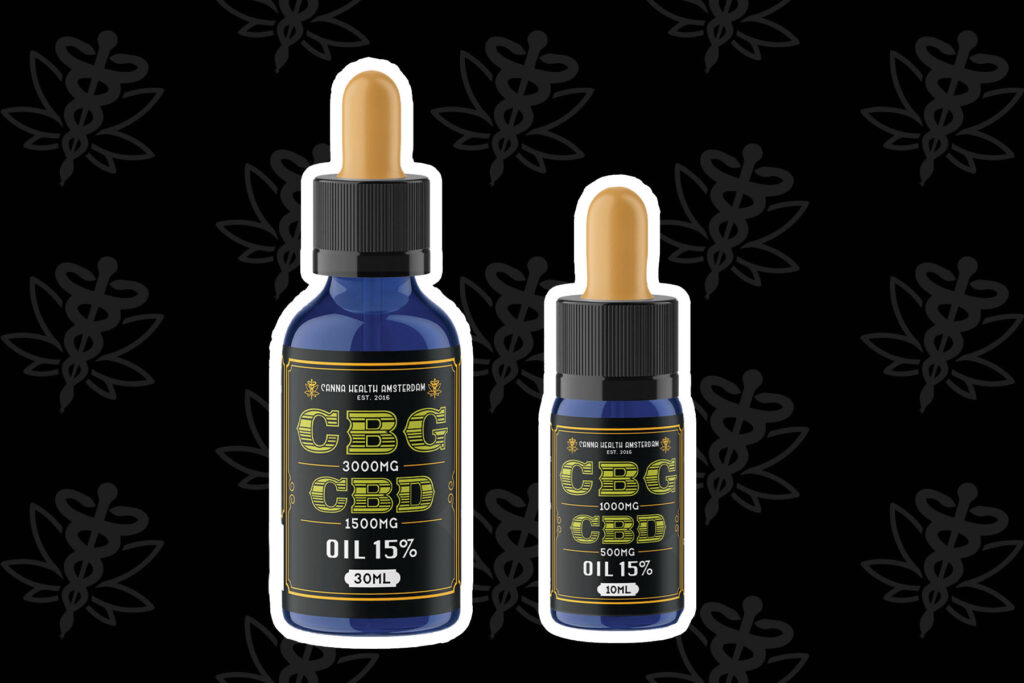
What Research Says About Cannabis and CBG for Migraines
More cannabis studies are popping up all the time. Recently, there was a study on medical cannabis for migraines. While the study looked at medical cannabis as a medical treatment, it also includes CBG.
The researchers found that migraine patients significantly reduced migraine frequency after using medical cannabis. The patients also reported less painful headaches and better quality sleep.
Endocannabinoids (cannabinoids created naturally in the body) have an inhibitory effect on serotonin receptors, which modulate pain. THC and other cannabinoids may have similar results.
More research is needed before we better understand how cannabinoids like CBG, CBD, and THC may help manage and prevent migraines.
How Cannabis May Prevent Migraines
Taking CBG for migraines may help manage and prevent them.
As we already mentioned, CBG has potential pain-relieving properties. So, once you’ve started to experience migraine pain, CBG may help alleviate some of your pain.
But CBG and other cannabinoids may also help prevent migraines as well.
We discussed the common triggers for migraines earlier in this article. Things like stress and poor sleep may provoke migraines. CBG, CBD, and THC are all known for their potential to reduce stress and improve sleep quality. So, taking these cannabinoids may help prevent migraines if your attacks are caused by poor sleep or stress.
Benefits of Taking CBG for Migraines
Taking CBG for migraines is an excellent option for several reasons. A few of these reasons include:
- CBG is all-natural: CBG is created naturally in cannabis plants. It’s as natural as you can get.
- CBG is non-addictive: Unlike certain prescription painkillers, cannabinoids like CBG are non-addictive.
- CBG is safe: There are few side effects to taking CBG or other cannabinoids. Most prescription medications have many side effects.
- CBG is easy to purchase: You can easily buy CBG products online without needing a prescription since it is not a medication.
- CBG is easy to use: Whether you choose a CBG oil or a vape cartridge, taking CBG regularly is easy.
Nowadays, many people are opting for all-natural treatment options. Although medications can be beneficial and necessary for some, others find that the side effects of prescription drugs are too upsetting.
Best CBG Products to Use
We have a few suggestions for the best CBG products to use. Here are two of our favorites:
- CBG Oil – This Canna Health Amsterdam 15% Full Spectrum CBD CBG Oil is a top choice. It’s potent, effective, and easy to use—this oil pairs CBG with CBD for added therapeutic benefits.
- CBG Massage Oil – This Canna Health Amsterdam CBD CBG Massage Oil has CBD, CBG, argan oil, camphor, and mint. Apply a small amount to the back of your neck and temples for potential migraine pain relief.
For best results, use CBG and CBD products regularly. It may take a few weeks for products like the CBG oil to build up in your system. Also, speak with your doctor before changing your current migraine treatment plan.
10% CBD Oil – 3000 mg CBD

Kick the stressors of your hectic work and personal life. Experience a profound sense of relief and relaxation with the purest 10% CBD Oil.
CBD binds to brain receptors to improve mood, reduce stress, regulate sleep, and possibly relieve pain. 10% CBD Oil contains 0% THC, which means zero psychoactive effects—you can indulge anytime and anywhere.
100% NATURAL - VEGAN - GLUTEN-FREE - 0% THC
15th Anniversary Black T Shirt
No Return Policy: No returns or exchanges are accepted. Please make sure to review your order carefully before completing your purchase.
20% CBD Oil – 6000 mg CBD
5% CBD Oil – 1500 mg CBD
A clearer mind, uplifted mood, and a state of relaxation.
5% CBD Oil is the product of choice for anyone who wants to enter the wondrous world of CBD benefits. CBD binds to brain receptors to improve mood, reduce stress, regulate sleep, and possibly relieve pain.
100% Natural - Gluten Free - Vegan - 0% THC
50% CBD Oil – 5000 mg – 10ml
Banana OG Hybrid Feminized Seeds – Canna Health Amsterdam
Banana feminized seeds – a tropical USA hybrid (Banana OG Hybrid). Sweet banana aroma, high resin production, and a balanced euphoric high. Perfect for all growers!
Bigfoot One Meditation Moodmat
Blue Gold Macaw Feathers Snapback Hat
Introducing the Blue Gold Macaw Feathers Snapback Hat by Grassroots California – a beautifully designed hat featuring fine hemp front panels and a striking embroidered macaw design.
No Return Policy: No returns or exchanges are accepted. Please make sure to review your order carefully before completing your purchase.
Canna Health Amsterdam Official Hockey Jersey – Edition 2016-2021
Canna Health Amsterdam Official Hockey Jersey – Edition 2022
CBD – CBG MASSAGE OIL: Argan Oil & Lavender – 250 mg CBD, 250 mg CBG
CBD – CBG MASSAGE OIL: Argan Oil, Camphor & Mint – 250 mg CBD, 25O mg CBG
This minty massage oil has 250mg of CBG and 250 mg of CBD—the ‘cannabinoid power couple’ for elevated, soothing relief.
With premium Argan Oil, powerful Camphor, and rejuvenating Mint, this CBD Massage Oil is the total package. Camphor stimulates fraught nerves to calm symptoms of muscle stiffness and joint pain. Mint oil’s refreshing aroma is the perfect touch of calming coolness.
Disclaimer: This blog is for informational and educational purposes only. We review and reference available studies and reputable sources; however, content may not reflect the most current research or regulations and should not be taken as medical, legal, or professional advice. We do not make or imply health claims. Products mentioned are not intended to diagnose, treat, cure, or prevent any disease and statements have not been evaluated by EFSA or the FDA. Effects can vary between individuals. Always consult a qualified healthcare professional before use and verify that any product or ingredient is lawful in your jurisdiction.


